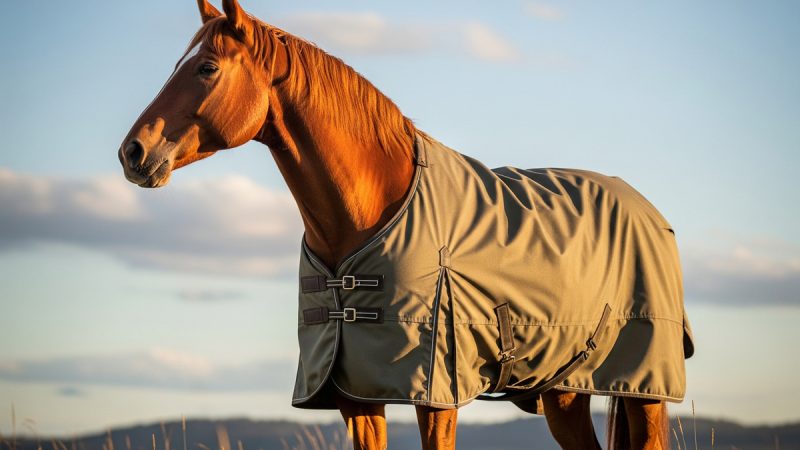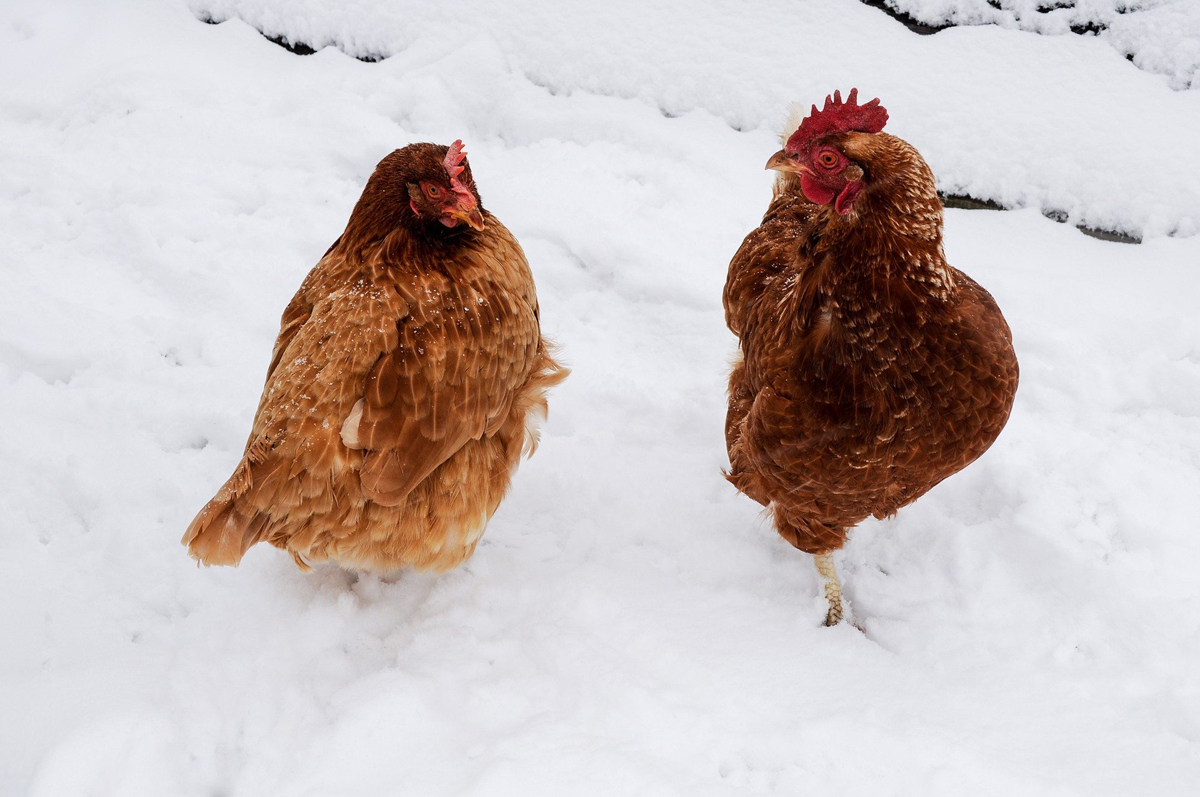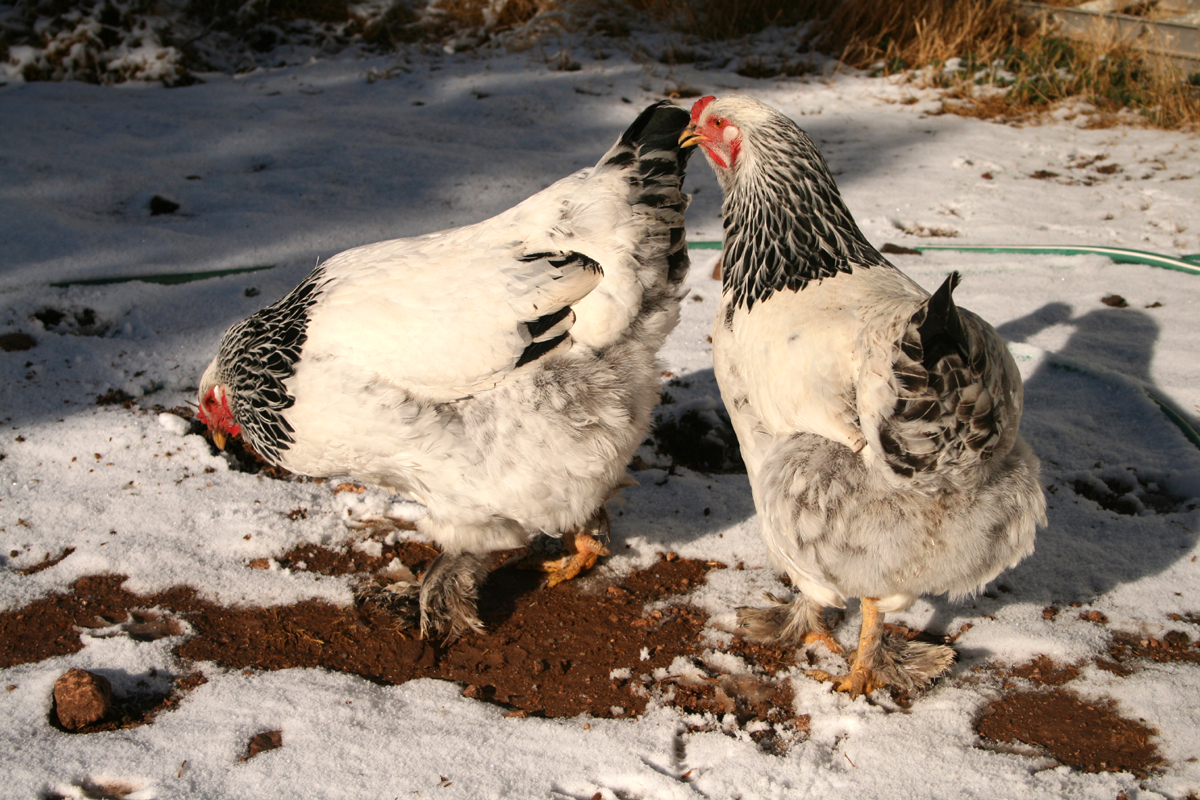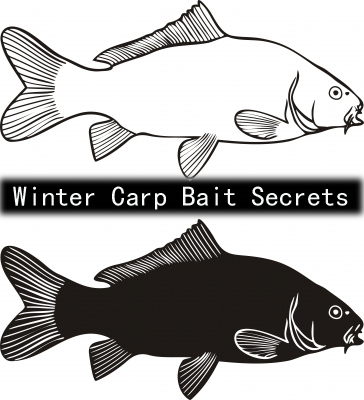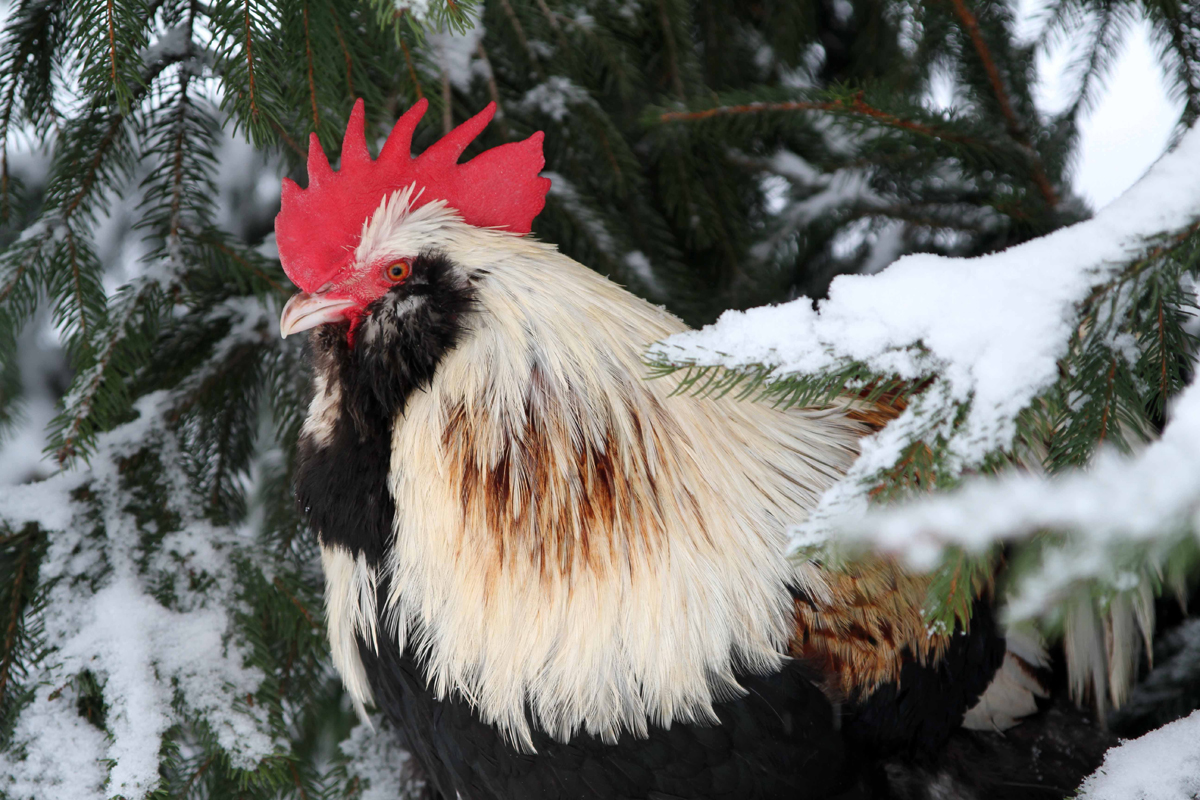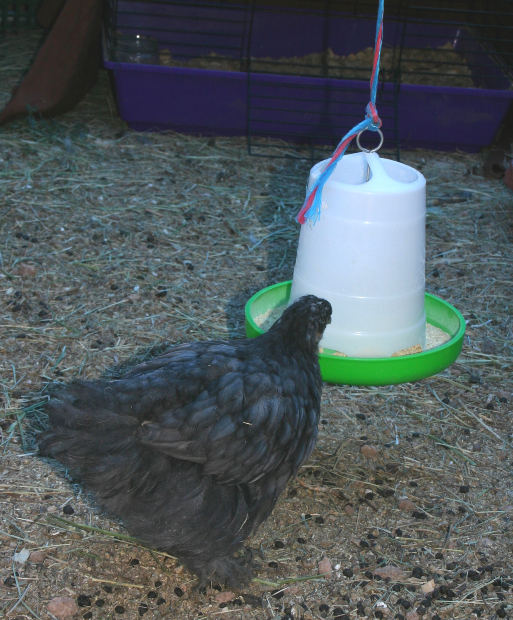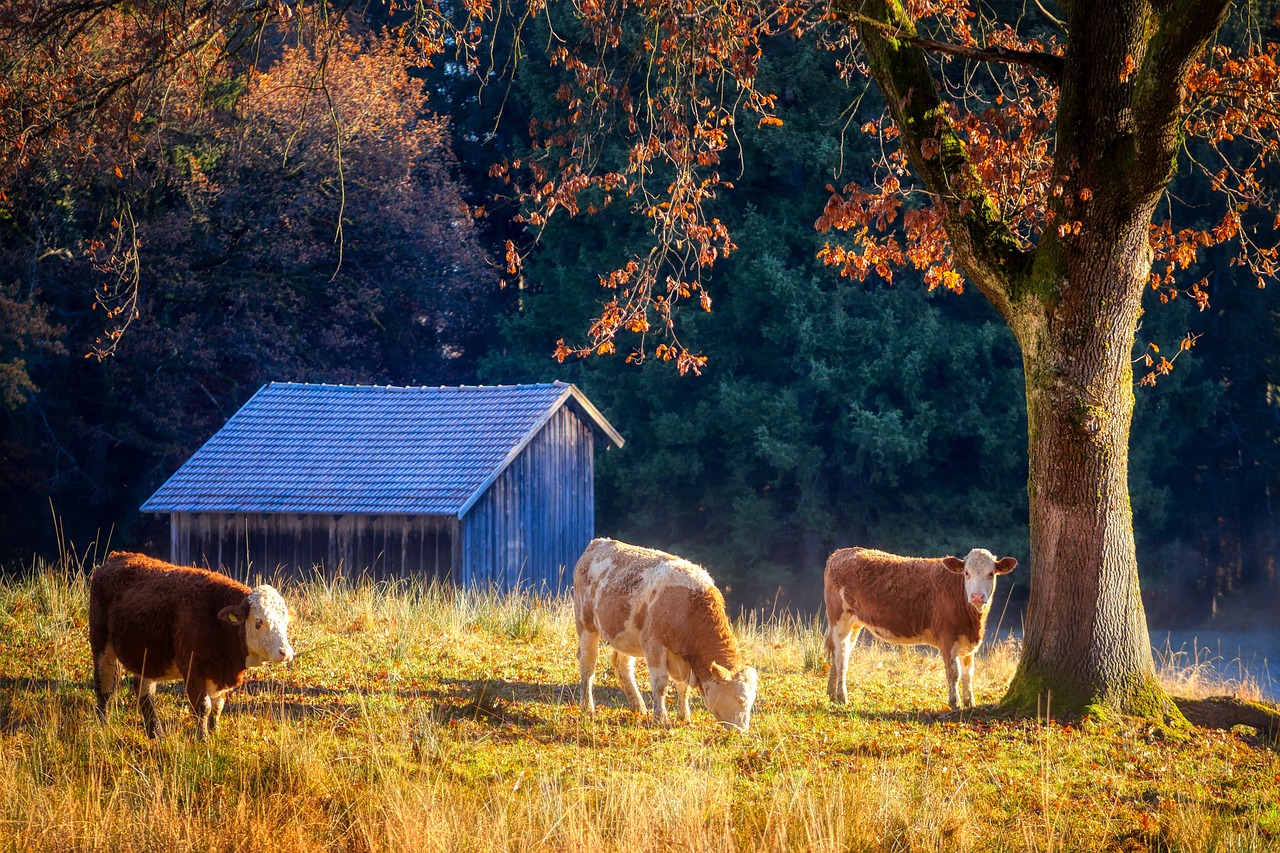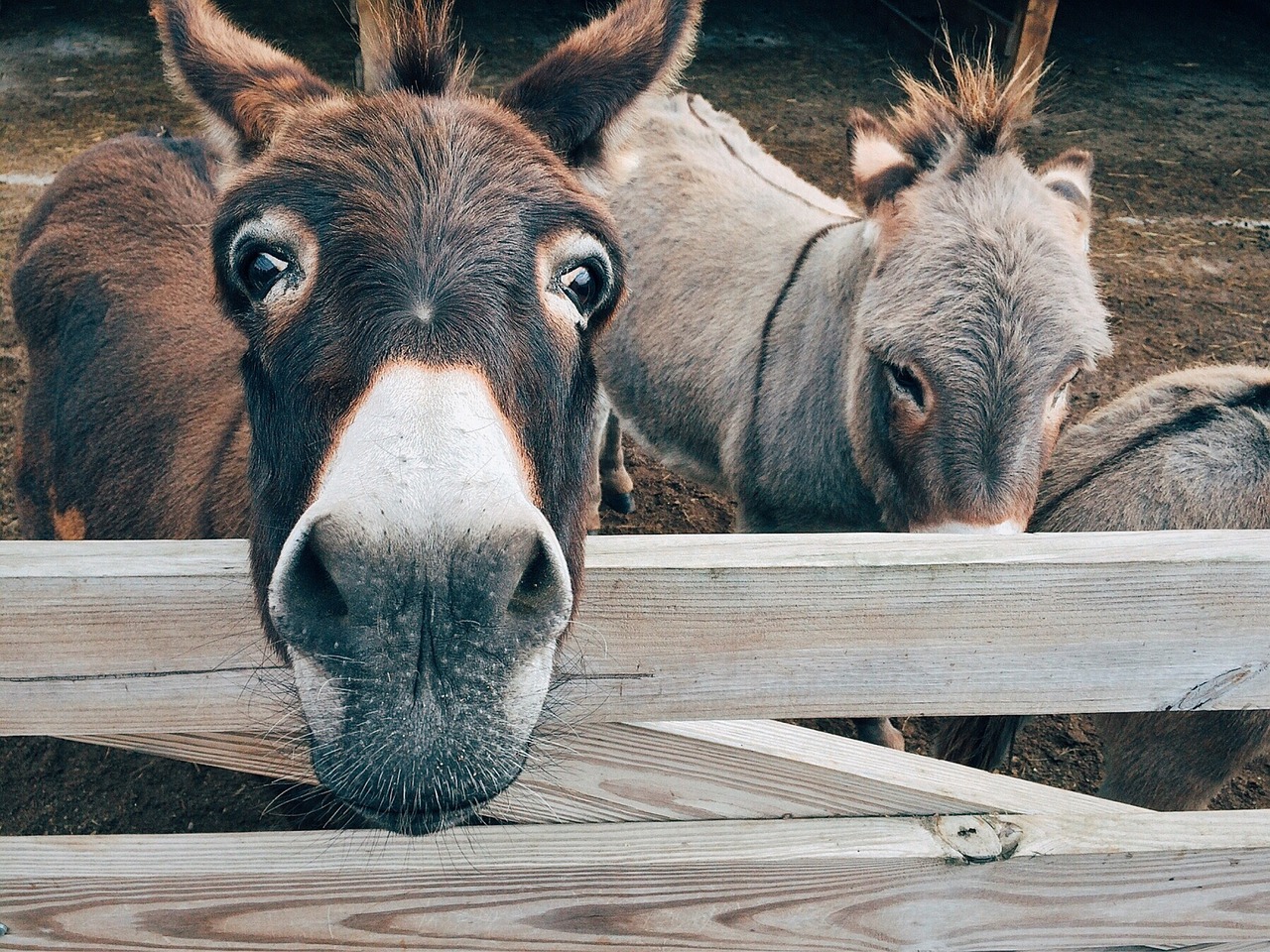Visual Appraisal Checklist for Sheep Breeding
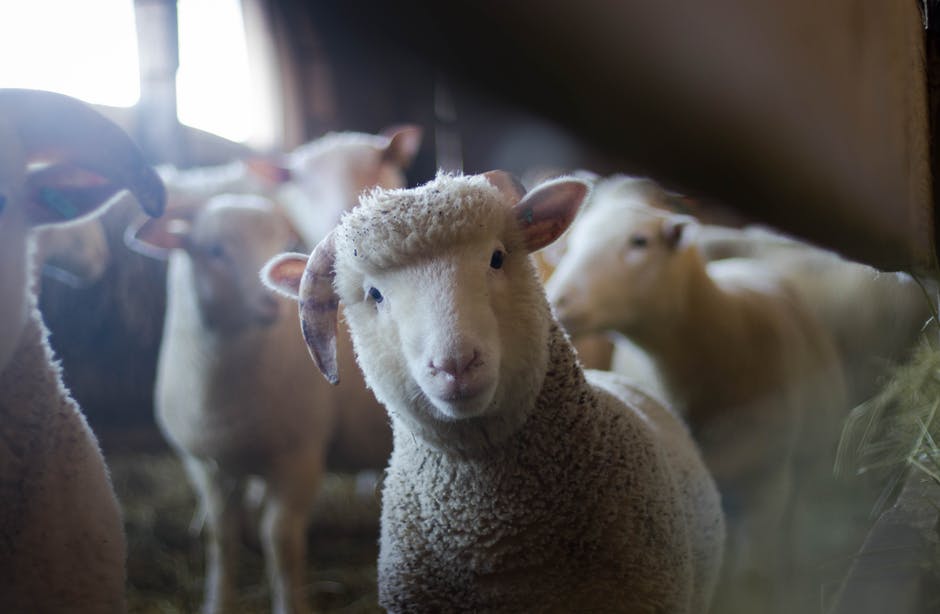
Sheep breeding starts with good genes and focused care. Whether you are planning to buy, sell, or choose sheep from your existing flock, it is important to know what a veteran sheep breeder is looking for during a visual appraisal. Visual appraisals are very complex, and vary greatly depending on a long list of factors. It requires extensive, hands-on experience and high attention to detail, as well as, superior lamb caring ethics to learn exactly how to appraise a ewe or ram for breeding. However, there are 15 general aspects of a visual appraisal for sheep breeding. These include udder, testicles, mouth, teeth, wool, feet and legs, hooves, soundness, conformation, size, volume and capacity, sex character, and overall health. Continue reading to learn a brief and basic description of each.
Udder
For a ewe, or female sheep, the udder is one of the most important features. A hard, stiff, or lump udder is not one expected to be suitable for reproduction. Instead, breeders are looking for soft, full udders that have two functional, defect-free teats. Oversized or bulbous teats are not consider good for breeding purposes and are usually avoided. “Supernumerary”, or excessive teats are also considered a genetic defect.
Testicles
Sheep testicles can tell a great deal about a ram’s breeding promise. Like udders on a ewe, they must be physically examined by touch to determine their condition. They should be well-developed, evenly-sized, firm, lump-free, and move freely inside the scrotum. Scrotal size varies, and heavily depends on a ram’s age, breed, season, and more. For sheep breeding, recommended scrotal sizes range between 30 and 33 centimeters. This ensures good semen output.
Soundness
A “sound” sheep is one in good, overall physical condition and mostly free of physical or genetic defects. Sound sheep have better productivity and longer lifespans.
Size
Also called hip height, sheep skeletal size is an important features for breeding. Sheep with larger frames tend to develop faster and stronger, and achieve heavier body weights. This is true for both rams and ewes. Although it is best to choose an adequately-sized female, larger ewes are likely to produce larger, heavier lambs.
Volume and Capacity
Like size, volume and capacity speak to the integrity of the spring of rib. This means a good breeding sheep should have a deep side, wide top, and a round body. Sheep with opposite features are less likely to be good producers.
Sex Character
Sex character refers to the stature of a sheep. For rams, breeders want their selections to be stout and masculine, with horns growing away from the head. For ewes, breeders are looking for feminine and refined features.
Conformation
Like the stature of a sheep, conformation speaks to the overall body form. Adequate body form, however, varies from breed to breed. Breeders are looking for several indications of good conformation, including straight backs and smooth shoulders. Market lamb sires are commonly chosen for a level dock, while rams used to sire market lambs should be thick and muscular.
Wool
Wool type varies from breed to breed. Depending on the intended purpose of the wool, demand also varies. When wool is important to the breeder, they are assessing specific fleece traits, including fiber diameter, staple length, length and diameter uniformity, and the presence of defects. For instance, white wool sheep should not have any colored fibers.
Mouth and Teeth
The mouth and teeth are important indications of good genetics. Also, teeth will tell you a sheep’s age. Breeders are looking for a correct mouth, meaning that the top and bottom jaws is aligned so the incisor teeth are flush with the pad on the upper jaw. “Overshot” and “undershot” jaws, or “monkey mouths”, are avoided in the industry. As for teeth, the molars are more important than the incisors.
Legs, Feet, and Hooves
A sound sheep has legs that are straight and square under each corner of the body, and free of limping or lameness. Legs that are too close to the knees or hocks are not considered straight enough. As for hooves, breeders avoid ewes and rams with cracked or defected hooves, as well as, abnormal or excessive hoof growth. Hoof colors differ among breeds, but colored hooves are generally preferred over light-colored ones.
Health
Breeders ultimately want a healthy and capable set of sheep to breed. This makes it the most significant criteria of a visual appraisal. Sheep that are alert, bright, and social exhibit healthy behavior. They should be free of illness, disease, infection, and more.
The Author:
Call Viking Show Lambs and Genetics at 812-871-5700 to procure quality show lambs and sheep semen in Indiana. Their expert sheep farmers will help you get ready for your next breeding season! Request free information, today.
Photo. Trinity Kubassek
Source: EzineArticles.com

